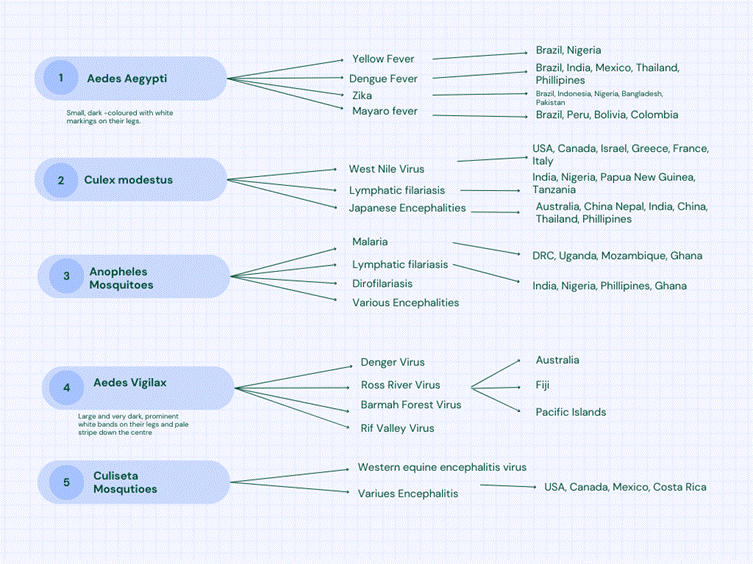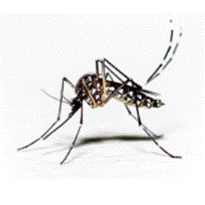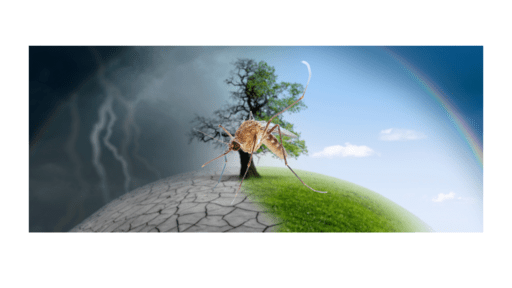The effects of climate change on our planet range from heatwaves and wildfires to rising sea levels and flooding. Its impact on mosquito populations is one of the more subtle yet concerning effects. As the planet warms, certain mosquito-borne diseases, such as malaria and dengue fever, may spread to new territories, according to scientists. In response, researchers have developed novel strategies to combat these diseases, such as the propagation of disease-resistant mosquitoes that can limit viral transmission.


The use of Wolbachia, a bacteria with inherent virus-blocking properties that is naturally carried by various insect populations, including some mosquito species, is one of the most cutting-edge methods for preventing the transmission of infectious diseases. Although Wolbachia is not typically found in the hazardous “yellow fever mosquito” (Aedes aegypti), scientists have developed techniques to introduce it into Aedes aegypti populations, potentially slowing the spread of diseases such as yellow fever, dengue fever, Zika, and chikungunya.
Positive Results Despite Climate Concerns:
A study published in the journal Nature Climate Change offers encouraging insights into the effects of climate change on these disease-resistant insects, which have been the subject of concern. Simulating mosquito population dynamics under future climate conditions, the research focuses on Cairns, Australia, where disease-resistant mosquitoes have already been introduced.
Even with moderate to severe climate change, the Wolbachia-carrying mosquito population will likely persist until at least the 2030s, demonstrating resistance to rising temperatures. In the 2050s, however, as temperatures continue to rise, it is anticipated that the population will decrease during the hottest summer months. Intriguingly, milder winters may promote mosquito hatching, resulting in a possible resurgence during the colder months.
Variability in Global Resilience: Disease-resistant mosquitoes will not be successful in all regions. In another location where these mosquitoes have been released, Nha Trang, Vietnam, the study predicts a different outcome. With longer and more intense heatwaves in the 2050s, the number of Wolbachia-infected mosquitoes is likely to decrease, indicating that the mosquitoes may be more susceptible in certain regions of the globe.
The Hidden Threat: West Nile Virus
In addition to the heatwaves and their impact on mosquitoes, there is another unexpected threat lurking among climate change effects. Researchers have recently documented the prevalence of Culex modestus, a species of tropical mosquito, in Finland. Historically, this mosquito species, which is known to transmit the West Nile virus, was primarily found in central Africa. This mosquito’s presence in frigid regions, such as Finland, is a stark reminder of how climate change is altering ecosystems and disease transmission patterns.
This tropical mosquito has already been detected in Kent and Essex, United Kingdom. Since 2012, the UK Health Security Agency has been vigilantly monitoring the possibility of a West Nile virus outbreak in south-east England’s marshes, where there are abundant mosquito populations.
As climate change continues to evolve, its impact on mosquito populations and disease transmission presents scientists and public health officials with both challenges and opportunities. Using Wolbachia-carrying mosquitoes to combat certain diseases shows promise, but global variability and the sudden appearance of disease-carrying mosquitoes in new regions emphasise the complexity of this issue. It is essential to address climate change and its effect on mosquito populations in order to protect public health and ensure a sustainable future.




